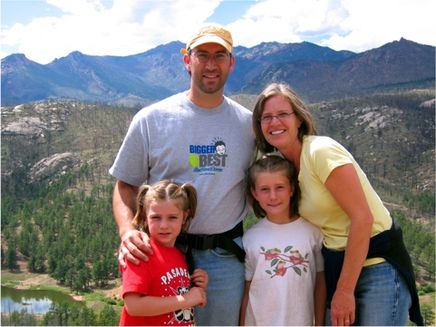Foraging for Mushrooms in the Inland Northwest
I might go out foraging for wild mushrooms this afternoon and I thought I'd share some of what I've learned about mushrooming in our region. (What I can't do is help you identify and ensure that the mushrooms you find in the field are safe and non-toxic. It's the responsibility of anyone who harvests wild mushrooms to use a reliable field guide to determine the variety. My rule of thumb is to always go out with people that have far more experience than I do and learn from them. As they say, when in doubt throw it out. The pictures below are not intended to help you I.D. mushrooms in the field.)
Most of what I've learned about our region's mushrooms is from Mo Bereiter, who sells wild mushrooms at area Farmers' Markets, including Millwood where I help manage the market. This season there are three main kinds of mushrooms Mo has been gathering; Morels, King Boletes (aka Porcinis) and Coral.
Boletes and Morels are the ones I have experience harvesting in our region.
The King Boletes to the right were harvested in mid-June last year by a friend. (I had one golf ball sized mushroom in my basket.) Mo showed up at the market yesterday with a bag heaping with Boletes that he grabbed "on the way." Take note that baskets are the preferred container for gathering so that as you traipse around the back country you'll sprinkle spores along the way ensuring good harvests in the future. The large mushrooms in the basket are actually a little too big. The smaller ones to the upper left of the basket are the tastiest. Mo was saying yesterday that they will grow in size from the small upper left mushrooms to the monster ones to the lower right in one day.
Morels are the other major variety of wild mushroom that Mo focuses on gathering for the restaurants and wholesalers he sells most of his product to. The picture of three varieties of morels to the left comes from Forager Press. Again, it's up to you to find a reliable field guide for accurately identifying morels. There are 'false morels' that, when consumed, have killed people. Mo showed me a false morel yesterday at the market and there is quite a difference in their appearance so it's fairly easy to accurately tell the difference when you know what you're looking for.
What I've done in just starting with mushrooming is to take note of what I'm finding as I'm out hiking. Instead of feeling the pressure of harvesting and ensuring the safety of what I'm gathering to eat I focus on observation and learning. After I get more comfortable with my skills at finding and identifying I'll transition more to harvesting to eat. Boletes and Morels are common in our region and good varieties to start with in learning to identify mushrooms in the field.
Mo sells his mushrooms at the Millwood on Wednesdays from 3-7pm and at the Downtown Farmers' Markets on Wednesdays 8am to 1pm and Saturdays 8am to 1pm. You also may want to check out the Spokane Mushroom Club.
